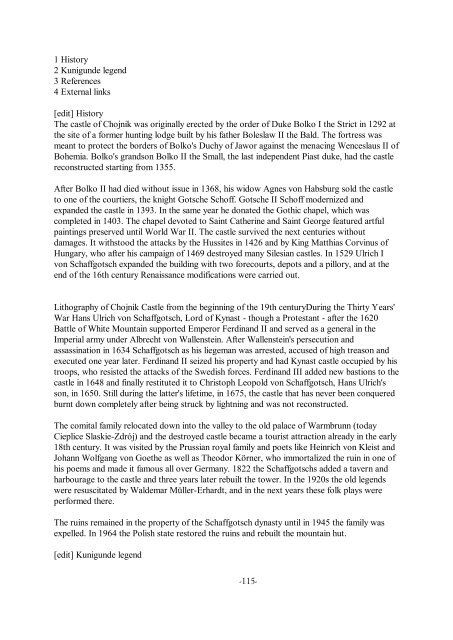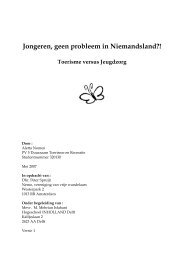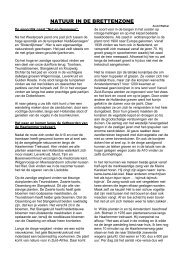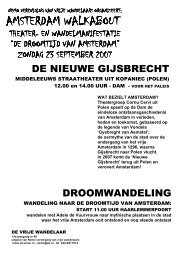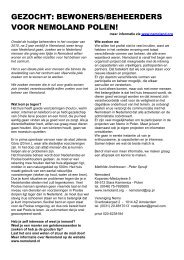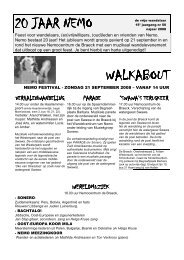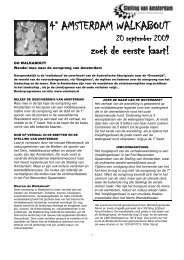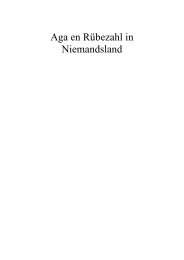Glashütten des Spätmittelalters im Isergebirge - Nemo
Glashütten des Spätmittelalters im Isergebirge - Nemo
Glashütten des Spätmittelalters im Isergebirge - Nemo
Erfolgreiche ePaper selbst erstellen
Machen Sie aus Ihren PDF Publikationen ein blätterbares Flipbook mit unserer einzigartigen Google optimierten e-Paper Software.
1 History<br />
2 Kunigunde legend<br />
3 References<br />
4 External links<br />
[edit] History<br />
The castle of Chojnik was originally erected by the order of Duke Bolko I the Strict in 1292 at<br />
the site of a former hunting lodge built by his father Boleslaw II the Bald. The fortress was<br />
meant to protect the borders of Bolko's Duchy of Jawor against the menacing Wenceslaus II of<br />
Bohemia. Bolko's grandson Bolko II the Small, the last independent Piast duke, had the castle<br />
reconstructed starting from 1355.<br />
After Bolko II had died without issue in 1368, his widow Agnes von Habsburg sold the castle<br />
to one of the courtiers, the knight Gotsche Schoff. Gotsche II Schoff modernized and<br />
expanded the castle in 1393. In the same year he donated the Gothic chapel, which was<br />
completed in 1403. The chapel devoted to Saint Catherine and Saint George featured artful<br />
paintings preserved until World War II. The castle survived the next centuries without<br />
damages. It withstood the attacks by the Hussites in 1426 and by King Matthias Corvinus of<br />
Hungary, who after his campaign of 1469 <strong>des</strong>troyed many Silesian castles. In 1529 Ulrich I<br />
von Schaffgotsch expanded the building with two forecourts, depots and a pillory, and at the<br />
end of the 16th century Renaissance modifications were carried out.<br />
Lithography of Chojnik Castle from the beginning of the 19th centuryDuring the Thirty Years'<br />
War Hans Ulrich von Schaffgotsch, Lord of Kynast - though a Protestant - after the 1620<br />
Battle of White Mountain supported Emperor Ferdinand II and served as a general in the<br />
Imperial army under Albrecht von Wallenstein. After Wallenstein's persecution and<br />
assassination in 1634 Schaffgotsch as his liegeman was arrested, accused of high treason and<br />
executed one year later. Ferdinand II seized his property and had Kynast castle occupied by his<br />
troops, who resisted the attacks of the Swedish forces. Ferdinand III added new bastions to the<br />
castle in 1648 and finally restituted it to Christoph Leopold von Schaffgotsch, Hans Ulrich's<br />
son, in 1650. Still during the latter's lifet<strong>im</strong>e, in 1675, the castle that has never been conquered<br />
burnt down completely after being struck by lightning and was not reconstructed.<br />
The comital family relocated down into the valley to the old palace of Warmbrunn (today<br />
Cieplice Slaskie-Zdrój) and the <strong>des</strong>troyed castle became a tourist attraction already in the early<br />
18th century. It was visited by the Prussian royal family and poets like Heinrich von Kleist and<br />
Johann Wolfgang von Goethe as well as Theodor Körner, who <strong>im</strong>mortalized the ruin in one of<br />
his poems and made it famous all over Germany. 1822 the Schaffgotschs added a tavern and<br />
harbourage to the castle and three years later rebuilt the tower. In the 1920s the old legends<br />
were resuscitated by Waldemar Müller-Erhardt, and in the next years these folk plays were<br />
performed there.<br />
The ruins remained in the property of the Schaffgotsch dynasty until in 1945 the family was<br />
expelled. In 1964 the Polish state restored the ruins and rebuilt the mountain hut.<br />
[edit] Kunigunde legend<br />
-115-


